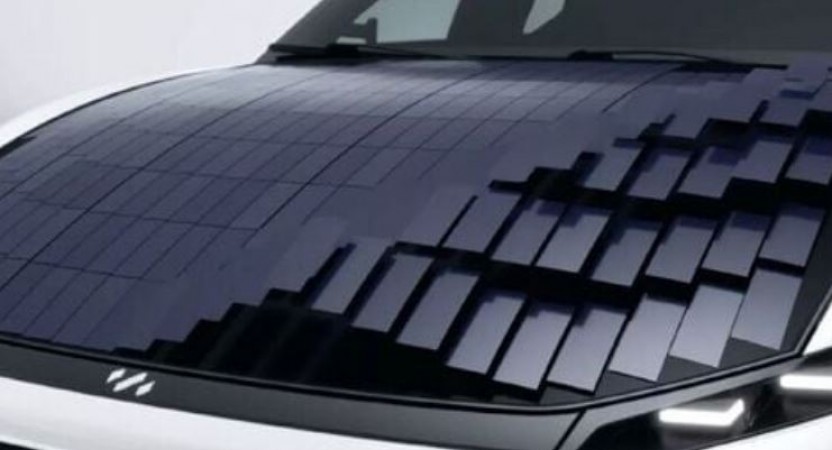
With regard to electric vehicles, a low drag coefficient increases the vehicle's efficiency by enabling it to travel further while consuming less electricity. For its first solar electric vehicle, the EV business Lightyear, which revealed the Lightyear 0 a few months ago, promises to offer the lowest drag coefficient. With a drag coefficient of 0.175 Cd, the Lightyear 0 will be the most aerodynamic production vehicle ever.
Lightyear had previously disclosed that its solar-powered electric vehicle had a drag coefficient of 0.19 Cd, but the EV manufacturer appears to have further reduced it. In order to determine the new drag, the Lightyear 0 EV was put through WLTP testing in the FKFS wind tunnels in Stuttgart, Germany. Arjo van der Ham, chief technology officer for Lightyear, reportedly claimed, “We are extremely proud of this incredible achievement. We had to start from a blank sheet of paper when we started developing our technology and – with a lot of dedication and hard work – we continue to push the boundaries with every milestone like this."
The company claims that the shiny body of the Lightyear 0 solar EV increases its efficiency, enabling it to reach a range of 1,000 km on a single charge of its 60 kWh battery. The solar panels on the car's bonnet and top enable it to increase its range by about 70 kilometres when the weather is sunny. According to the EV firm, owners of the Lightyear 0 EV can anticipate receiving between 6,000 and 11,000 kilometres of free solar range annually.
Solar electric vehicles are the company's area of expertise. Lightyear is a Dutch electric vehicle startup (SEVs). The business previously indicated that it intended to produce 946 Lightyear 0 EVs.
RBI ready to bring card tokenisation norms effective from Oct 1
Mahindra Scorpio N's two-year waiting period is the longest of any Indian SUV
Biden is a 'car Guy', Offers Journalists a Ride in a Luxury EV at an Auto Show